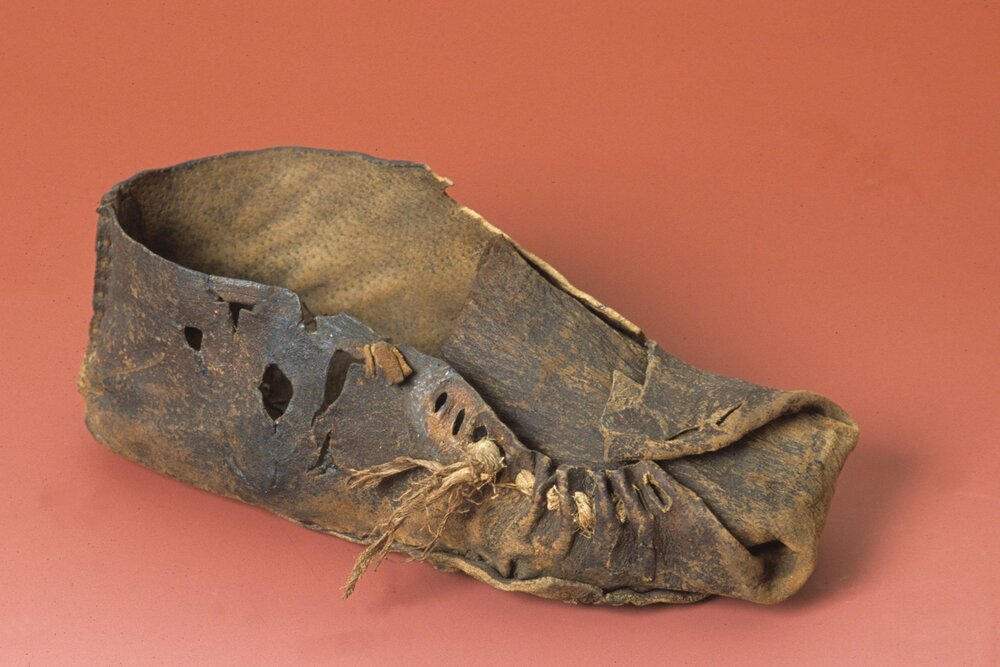Relics discovered from Austrian salt mine to go on show in Iran

TEHRAN - A collection of historical objects and tools, discovered from Austria’s Hallein Salt Mine, also known as Salzbergwerk Dürrnberg, will go on display at Iranian museums in Tehran and Zanjan.
Based on an agreement inked between the National Museum of Iran, Zolfaghari Museum, and Deutsches Bergbau-Museum Bochum (The German Mining Museum in Bochum), the exhibit will be put on show in two Iranian museums, CHTN quoted Zanjan tourism chief Amir Arjmand as saying on Saturday.
Parts of the properties of the Austrian mine, which are being kept in the Deutsches Bergbau-Museum Bochum, have been transferred to Iran and are very similar to those found in Zanjan, the official explained.
Back in April, two separate loan exhibitions featuring ancient mining and relevant documents were kicked off at the National Museum of Iran, and Deutsches Bergbau-Museum Bochum.
The exhibition hosted by the German Mining Museum in Bochum is titled “Death in Salt, an Archaeological Narrative of the Land of Persia” and the other is named “Human Search for Resources” and will be running for six months.
Last year, a team of experts from the two countries started a project for purifying, cleansing, and restoring garments and personal belongings of the mummies which were first found in the salt mine in 1993. What was a catastrophe for the ancient miners has become a sensation for science. Sporting a long white beard, iron knives, and a single gold earring, the first salt mummy was discovered in 1993. He is estimated to be trapped in the mine in ca. 300 CE. In 2004 another mummy was discovered only 50 feet away, followed by another in 2005 and a “teenage” boy mummy later that year.
In 1993, miners in the Douzlakh Salt Mine, near Hamzehli and Chehrabad villages in Zanjan province, accidentally came across a mummified head. The head was very well preserved, to the extent that his pierced ear was still holding the gold earring. The hair, beard, and mustaches were reddish, and his impressive leather boot still contained parts of his leg and foot, according to Ancient History Encyclopedia.
ABU/AFM

Leave a Comment